Analysis of Networking Applications
VerifiedAdded on 2023/03/31
|16
|743
|235
AI Summary
The report analyzes different types of networks and their parameters, including load distribution, throughput graph, time sequence graph, flow graph, and window-scaling graph. It demonstrates the connection factors involved in networking using various websites. The report includes answers to questions about different protocols in unfiltered packet listings and provides graphs for different websites. It also includes TCP stream graph and time sequence graph. The report concludes with a summary of the demonstration and bibliography.
Contribute Materials
Your contribution can guide someone’s learning journey. Share your
documents today.
1 out of 16

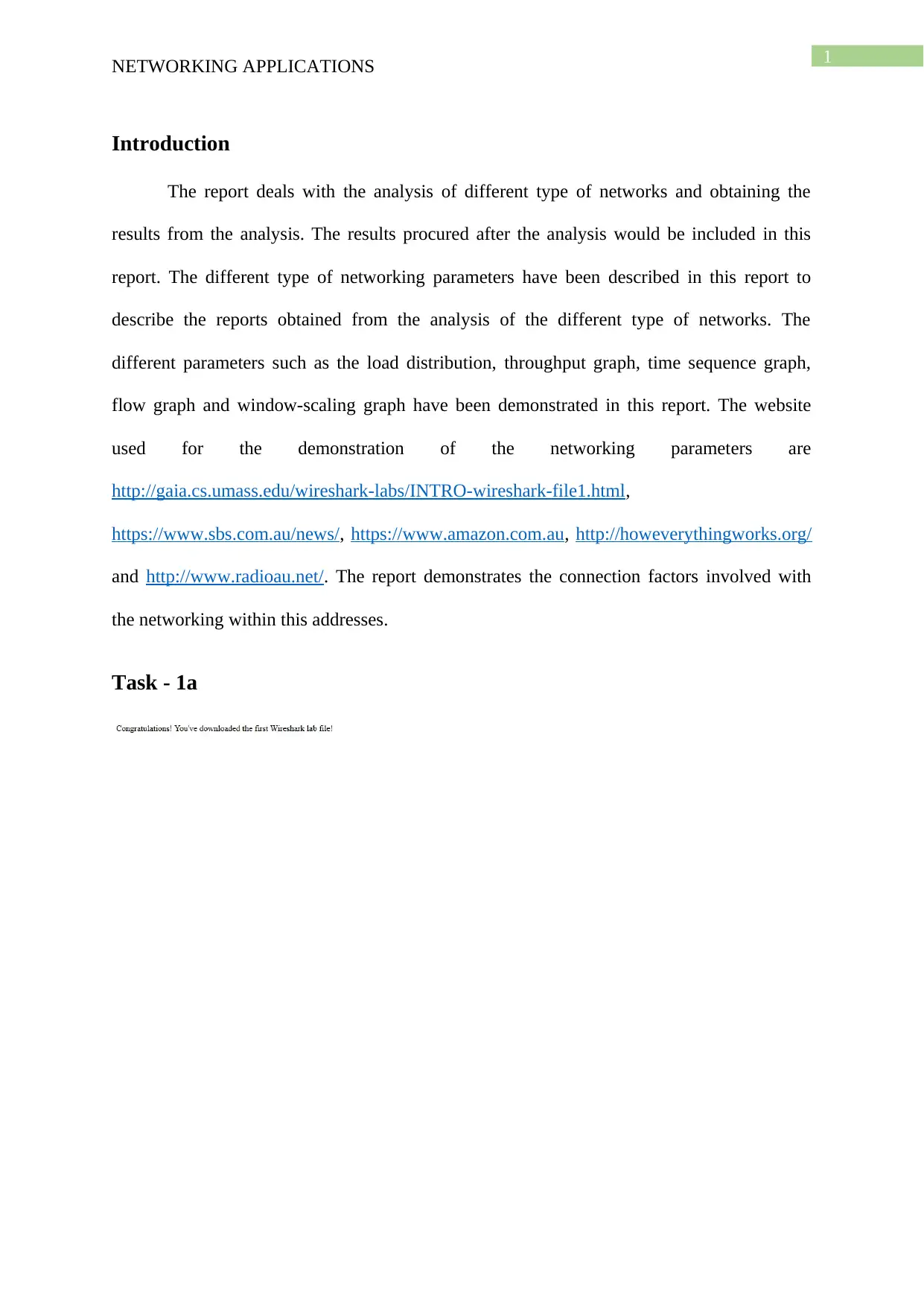
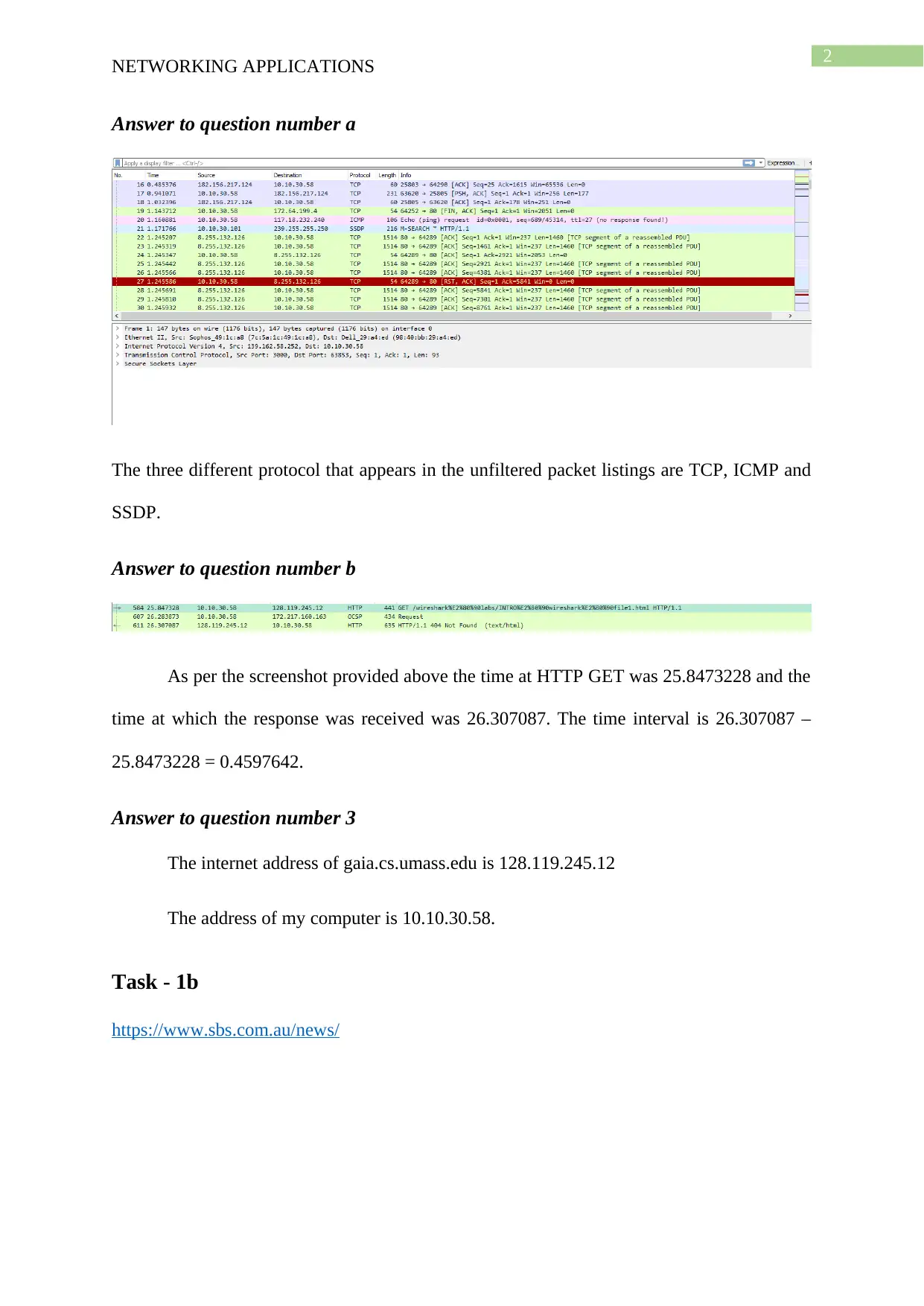
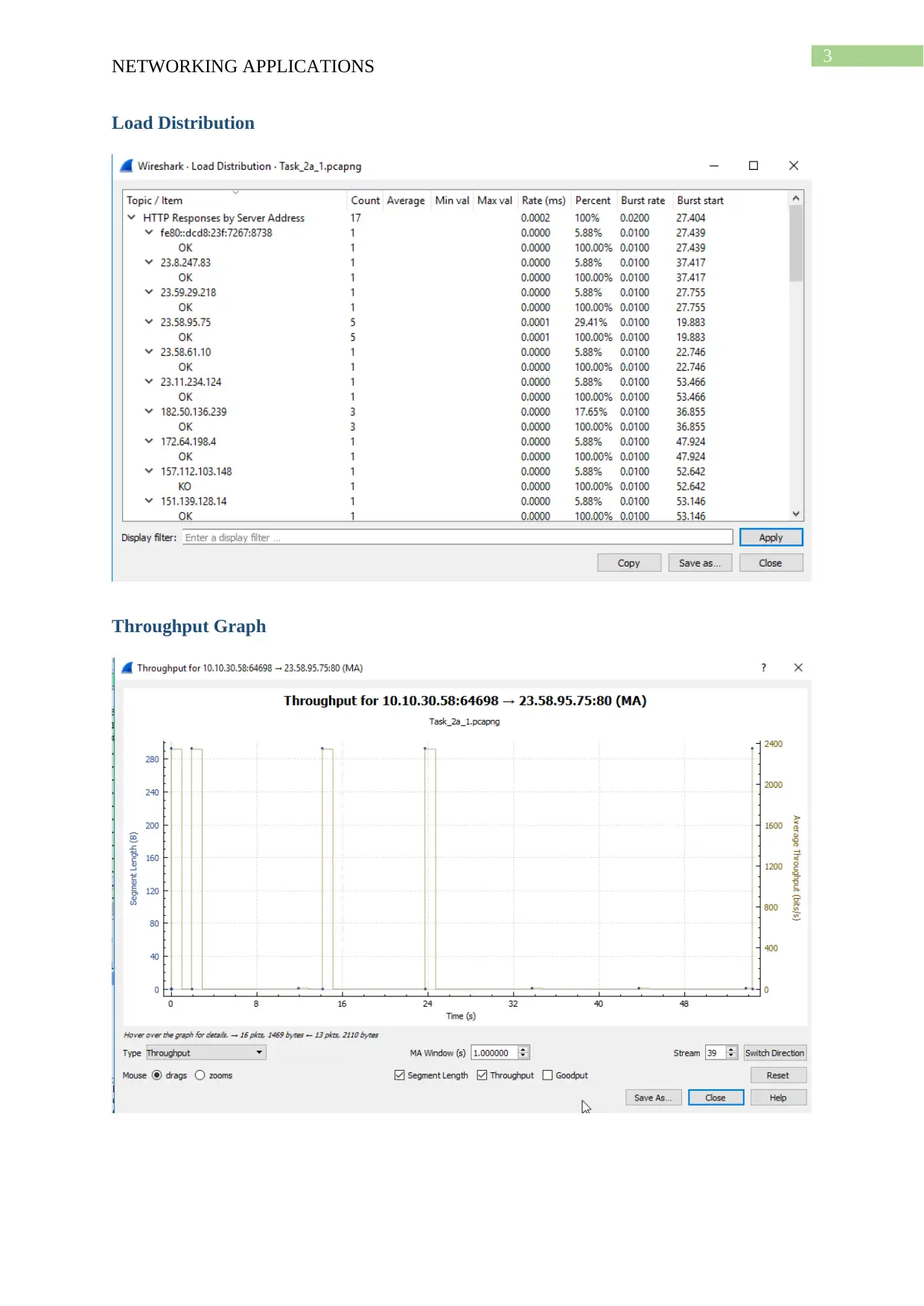
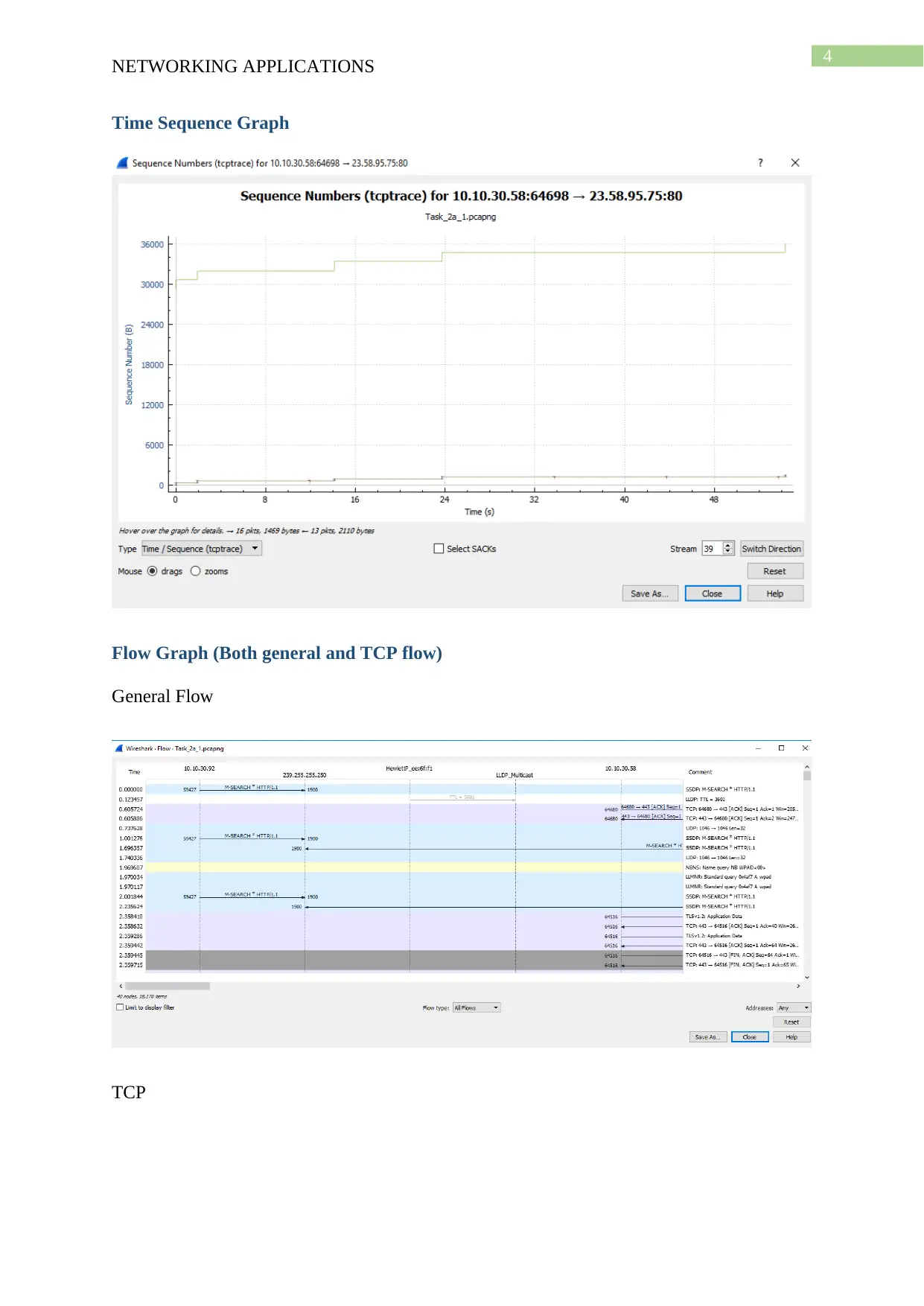
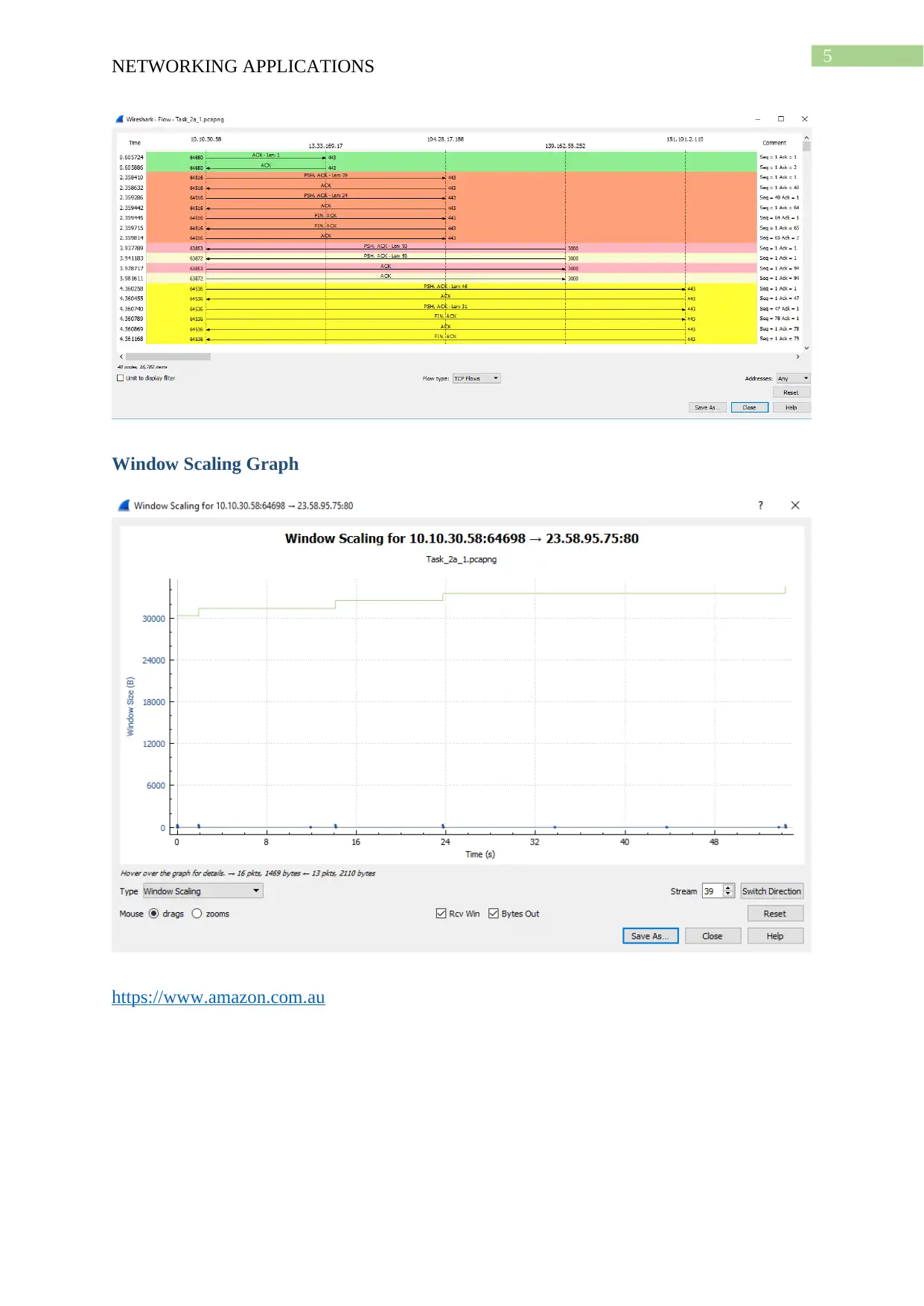
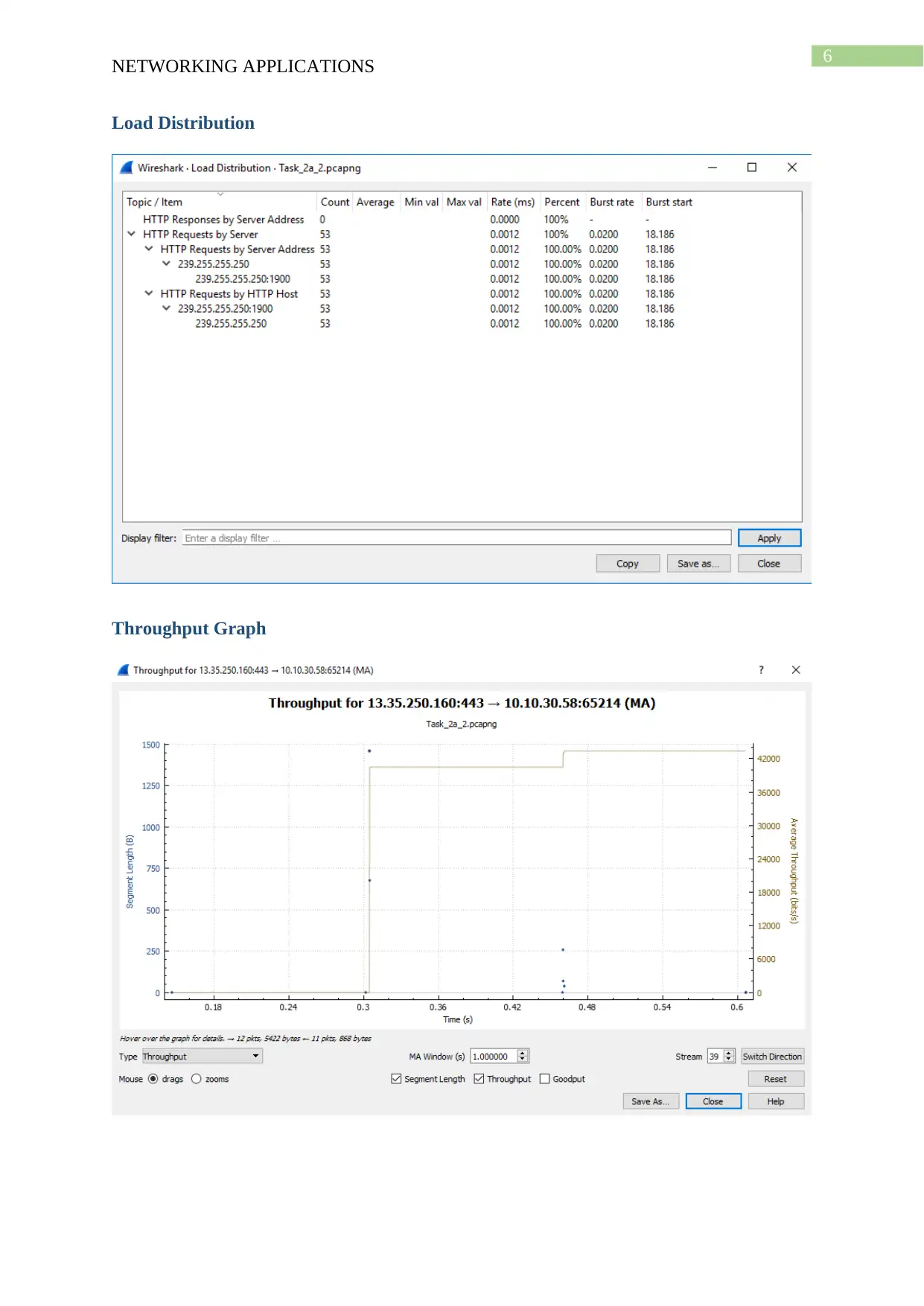
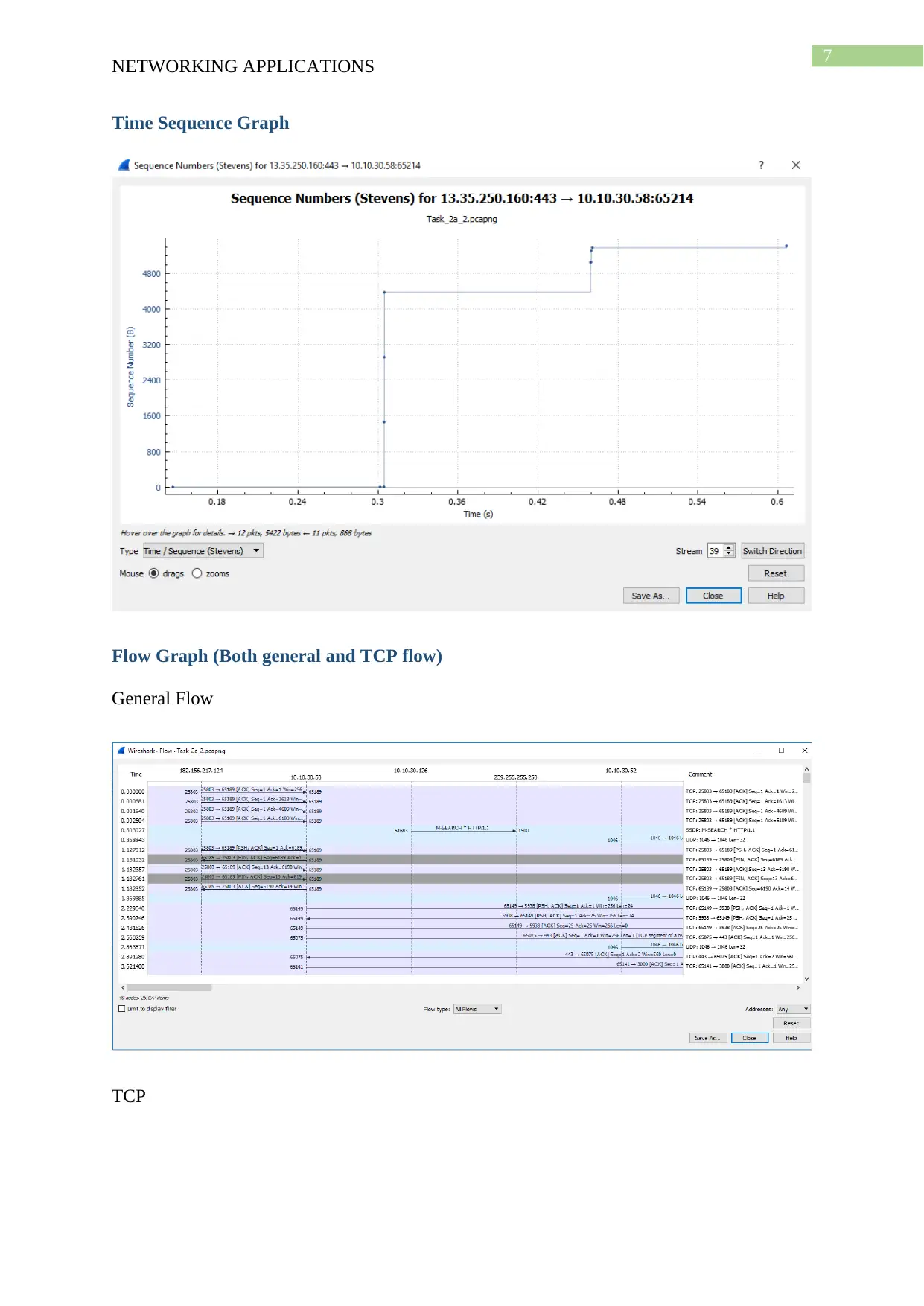
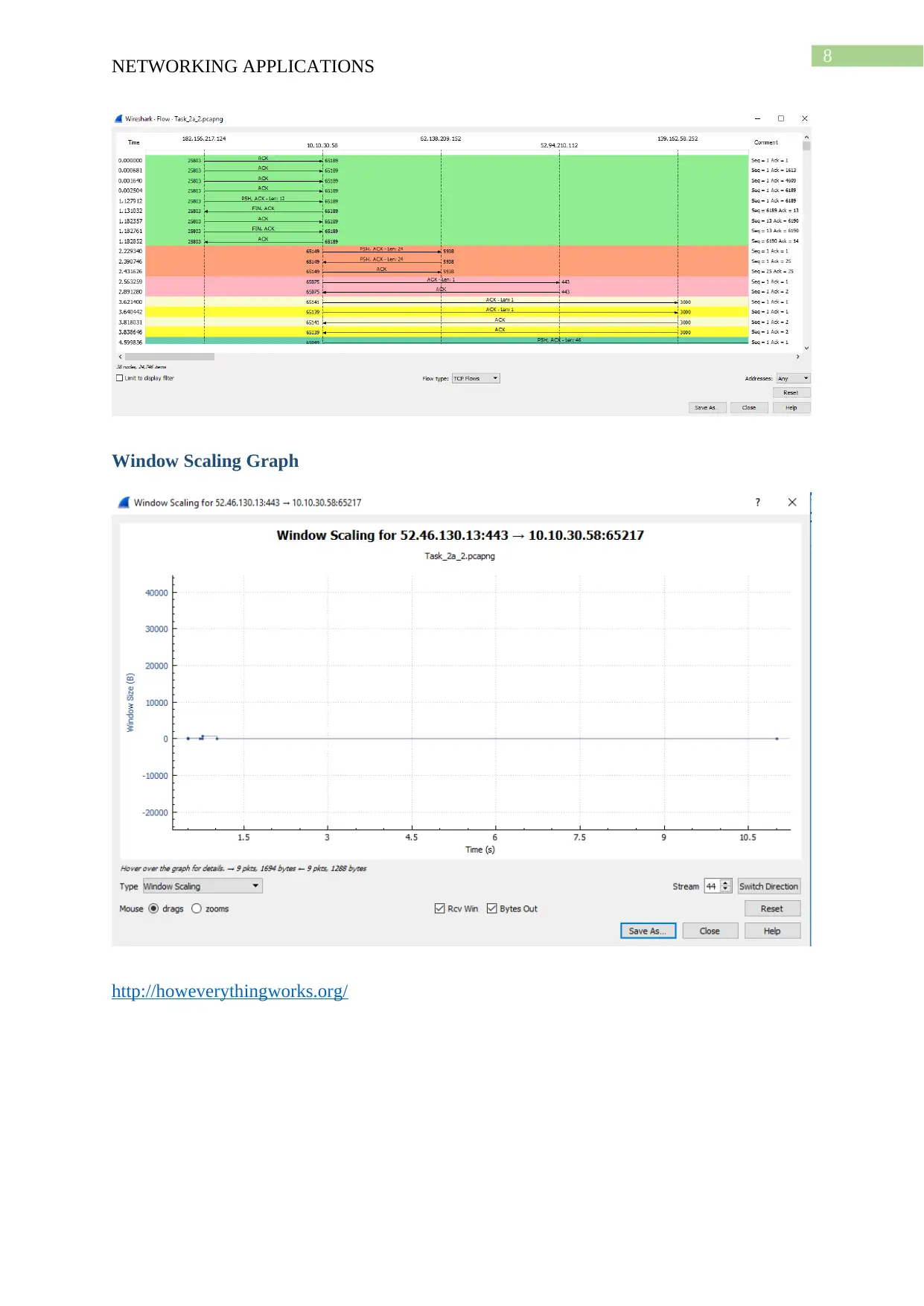
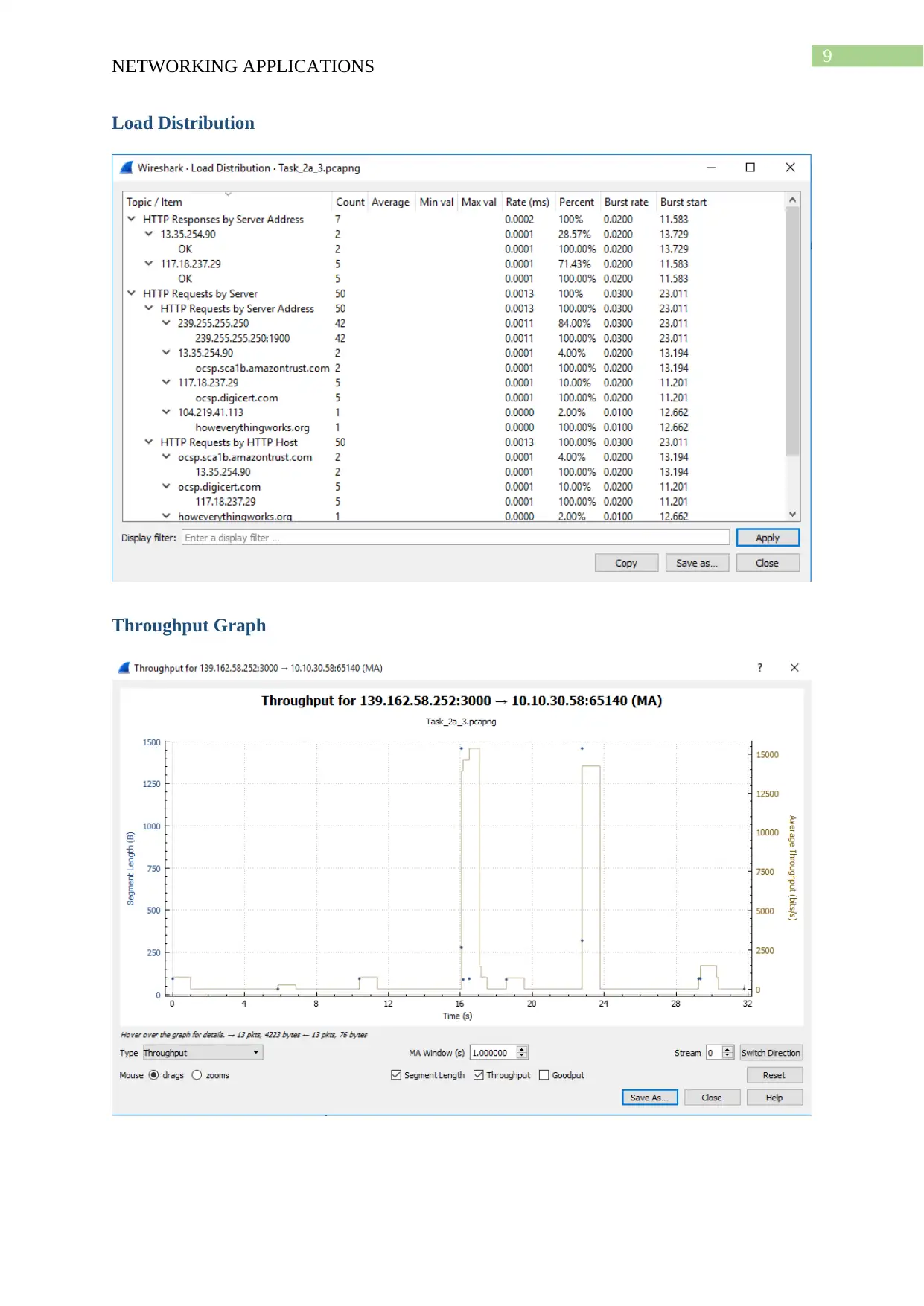
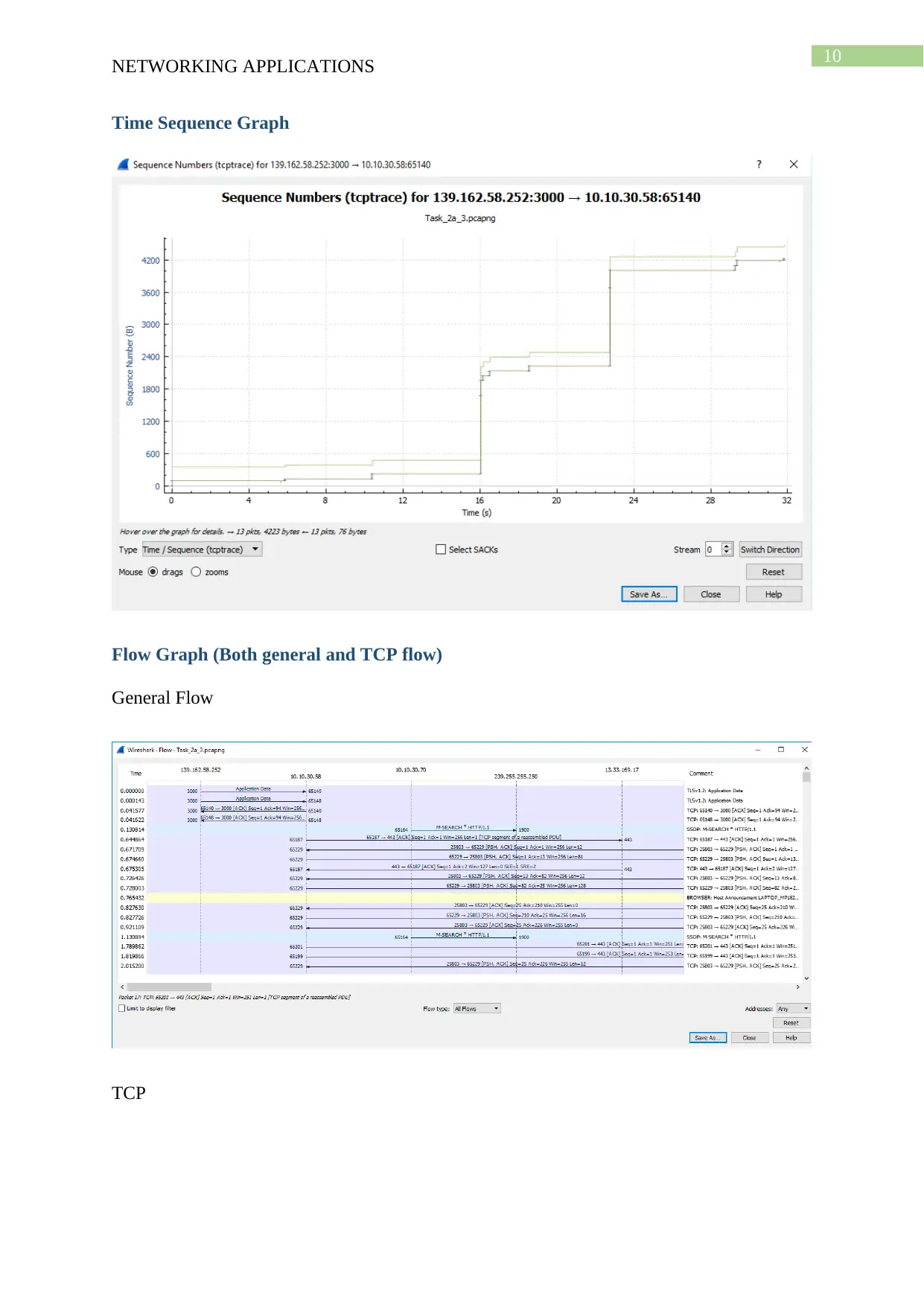
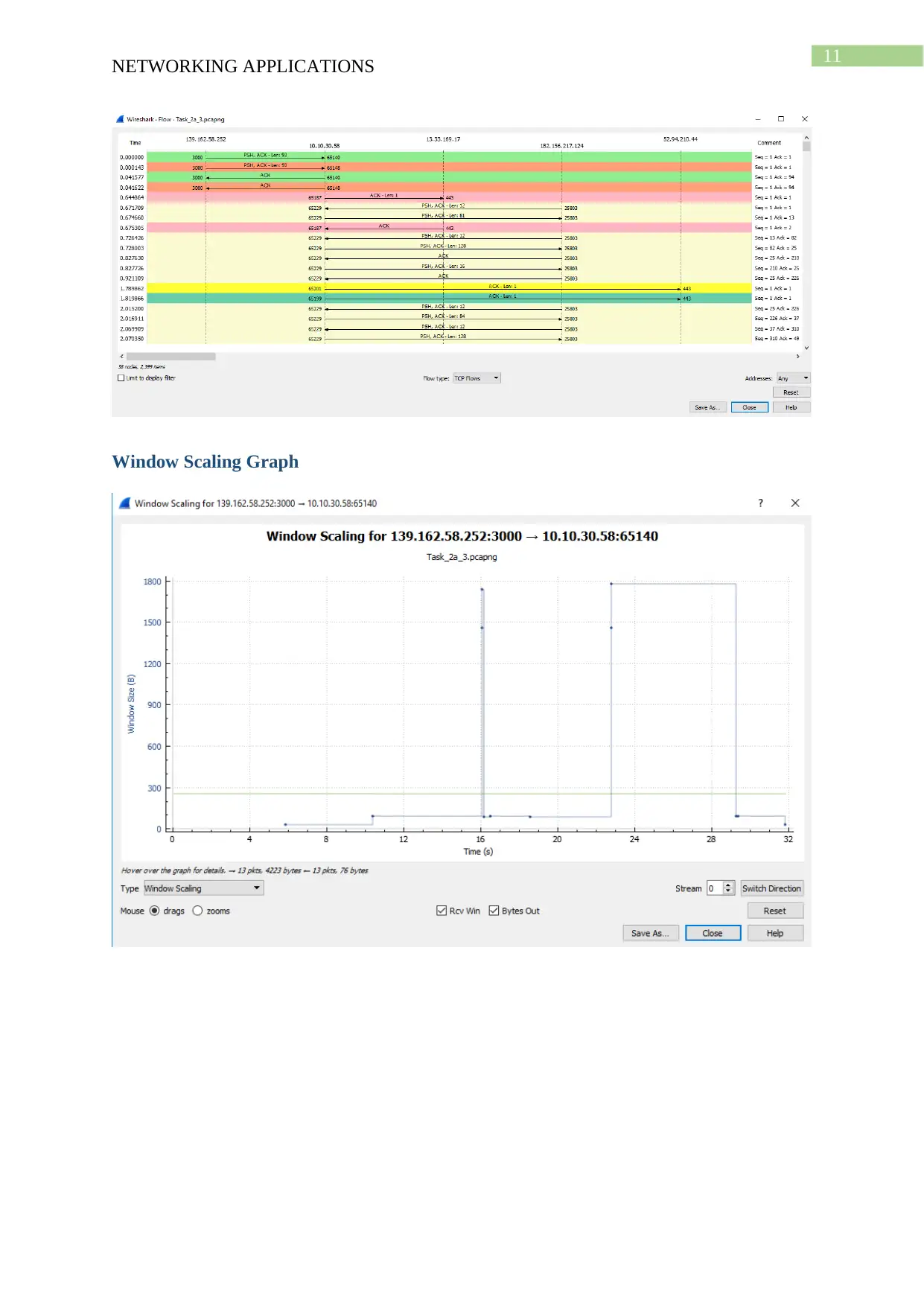
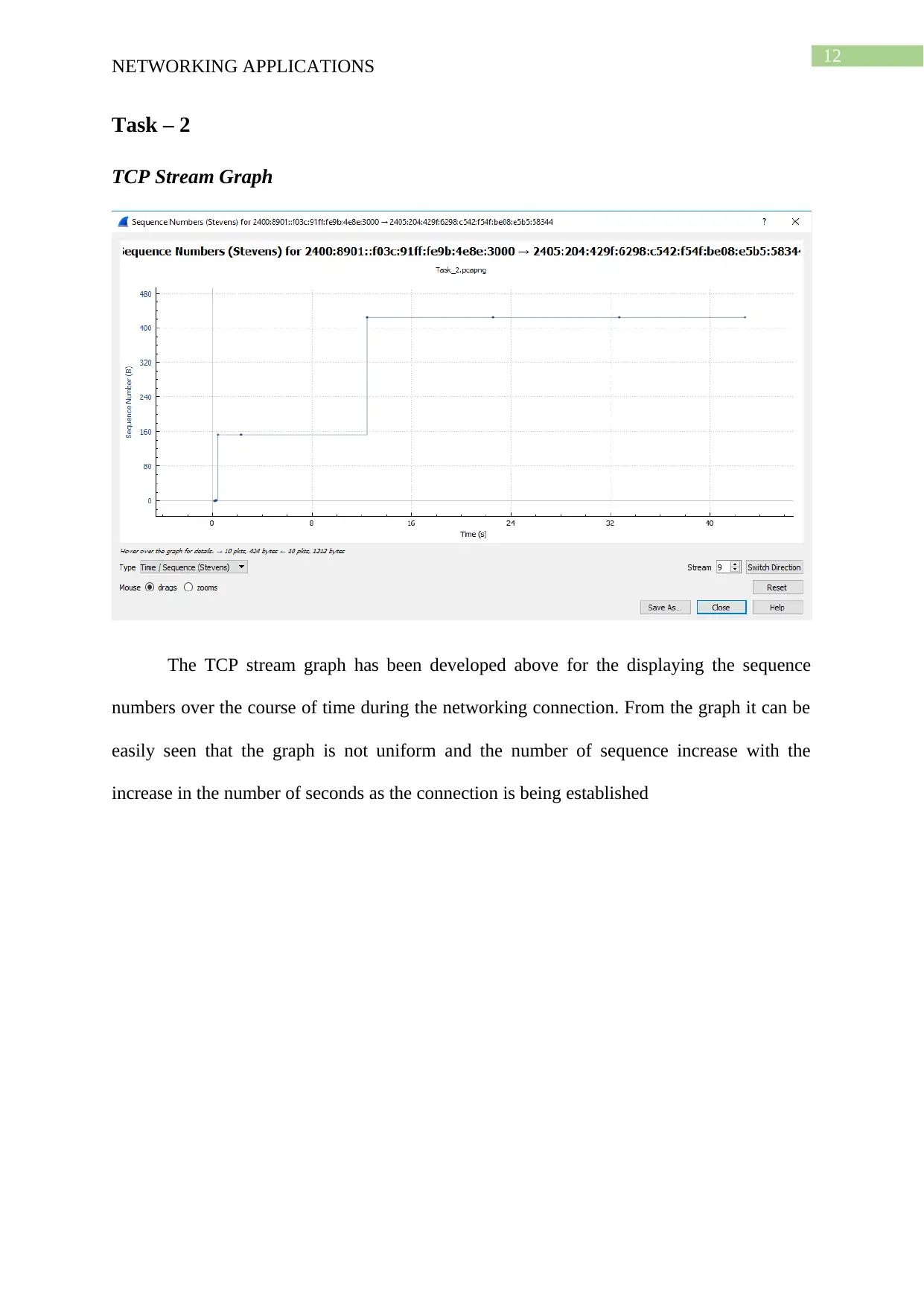
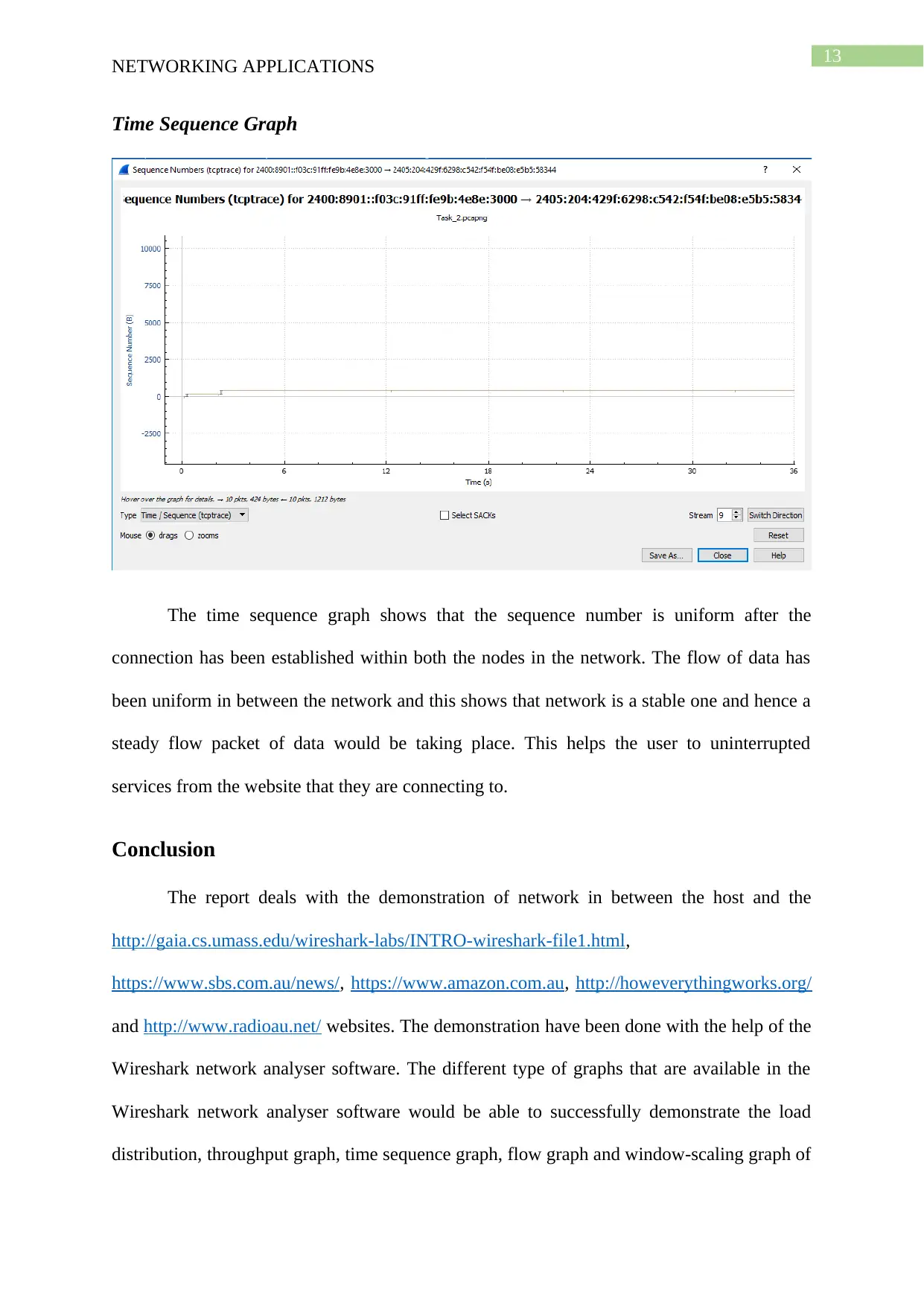

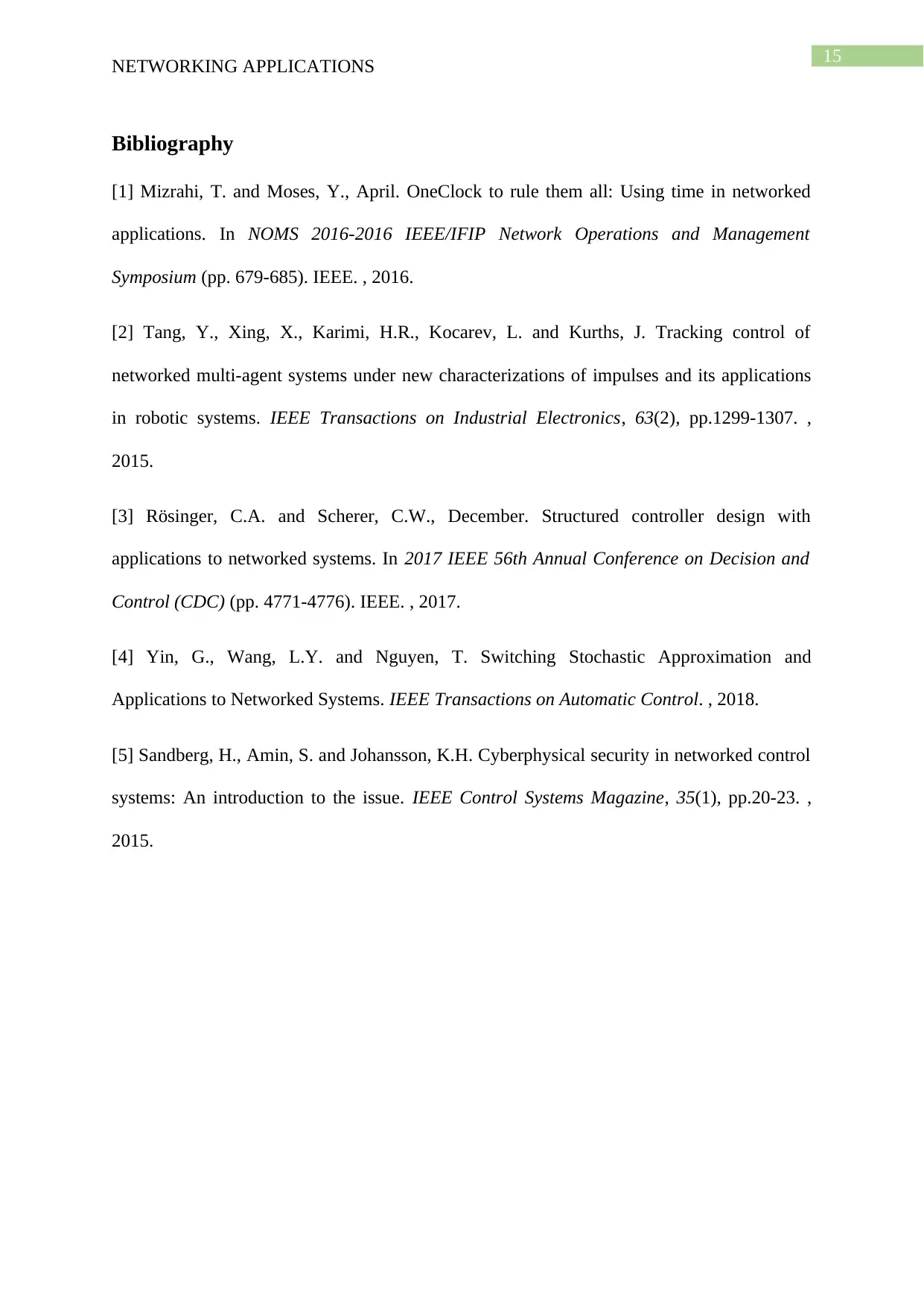



![[object Object]](/_next/static/media/star-bottom.7253800d.svg)